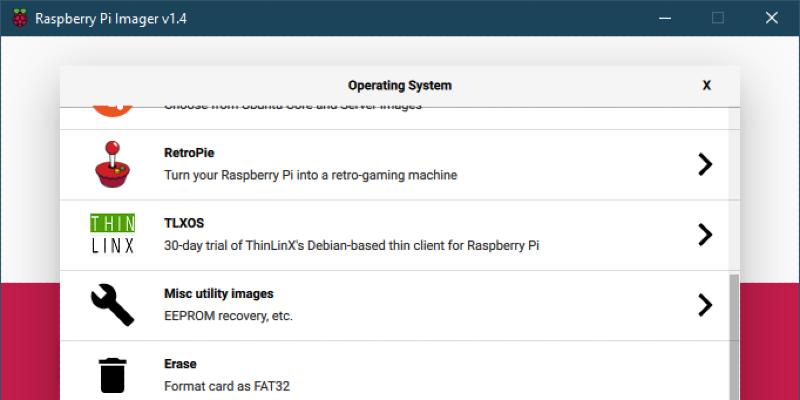This chapter provides an overview of installing Ubuntu 20.04 Server Edition. There is more detailed documentation on other installer topics.
This section explains various aspects to consider before starting the installation.
- This tutorial will help you to install Apache web server on Ubuntu 20.04 LTS (Focal Fossa) operating system. You will also learn how to secure your domain using Let’s encrypt SSL certificate. This tutorial will also work on Ubuntu 18.04, Ubuntu 16.04 and Ubuntu 19.10 Linux systems.
- Enabling SSH on Ubuntu is one of the tasks to do after the fresh installation of OS and helps you to connect your system remotely and perform tasks securely. This post will show you how to enable SSH on Ubuntu 20.04/18.04, Linux Mint 20/19 & Debian 10/9.
- But this app is much more than a simple SSH client for Linux but also integrates other possibilities that together make it really useful as file management through SFTP, terminal integration, remote resource/process manager or server disk space analyzer. Install Snowflake on Ubuntu 20.04.
- Install the openssh-server in order to perform an installation of the SSH server on your Ubuntu 20.04.
An Ubuntu 20.04 server or VPS with root access enabled, or a user with sudo privileges. We provide all of our users will full root access on their VPSes. Postfix mail transfer agent (MTA) and Dovecot IMAP/POP3 Mail Delivery Agent need to be installed. A database server (MySQL/MariaDB, PostgreSQL or SQLite) needs to be installed.
System requirements
Ubuntu 20.04 Server Edition provides a common, minimalist base for a variety of server applications, such as file/print services, web hosting, email hosting, etc. This version supports four 64-bit architectures:
- amd64 (Intel/AMD 64-bit)
- arm64 (64-bit ARM)
- ppc64el (POWER8 and POWER9)
- s390x (IBM Z and LinuxONE)
The recommended system requirements are:
- CPU: 1 gigahertz or better
- RAM: 1 gigabyte or more
- Disk: a minimum of 2.5 gigabytes


Server and Desktop Differences

The Ubuntu Server Edition and the Ubuntu Desktop Edition use the same apt repositories, making it just as easy to install a server application on the Desktop Edition as on the Server Edition.
One major difference is that the graphical environment used for the Desktop Edition is not installed for the Server. This includes the graphics server itself, the graphical utilities and applications, and the various user-supporting services needed by desktop users.
Backing Up
Before installing Ubuntu Server Edition you should make sure all data on the system is backed up.
If this is not the first time an operating system has been installed on your computer, it is likely you will need to re-partition your disk to make room for Ubuntu.
Any time you partition your disk, you should be prepared to lose everything on the disk should you make a mistake or something goes wrong during partitioning. The programs used in installation are quite reliable, most have seen years of use, but they also perform destructive actions.
There are platform specific step-by-step examples for s390x LPAR, z/VM and ppc64el installations.
For amd64, download the install image from https://releases.ubuntu.com/20.04/.
There are many ways to boot the installer but the simplest and commonest way is to create a bootable USB stick to boot the system to be installed with (tutorials for other operating systems are also available).
Plug the USB stick into the system to be installed and start it.
Most computers will automatically boot from USB or DVD, though in some cases this is disabled to improve boot times. If you don’t see the boot message and the “Welcome” screen which should appear after it, you will need to set your computer to boot from the install media.
Bios7.bin bios9.bin firmware.bin download. There should be an on-screen message when the computer starts telling you what key to press for settings or a boot menu. Depending on the manufacturer, this could be Escape, F2,F10 or F12. Simply restart your computer and hold down this key until the boot menu appears, then select the drive with the Ubuntu install media.
Install Ssh On Ubuntu 20

If you are still having problems, check out the Ubuntu Community documentation on booting from
CD/DVD.
Ubuntu 20.04 Install Openssh Server
After a few moments, the installer will start in its language selection screen.
The installer is designed to be easy to use and have sensible defaults so for a first install you can mostly just accept the defaults for the most straightforward install:
- Choose your language
- Update the installer (if offered)
- Select your keyboard layout
- Do not configure networking (the installer attempts to configure wired network interfaces via DHCP, but you can continue without networking if this fails)
- Do not configure a proxy or custom mirror unless you have to in your network
- For storage, leave “use an entire disk” checked, and choose a disk to install to, then select “Done” on the configuration screen and confirm the install
- Enter a username, hostname and password
- Just select Done on the SSH and snap screens
- You will now see log messages as the install is completed
- Select restart when this is complete, and log in using the username and password provided
There is more detailed documentation on all these options.
Enable Ssh On Ubuntu 20
Last updated 10 months ago. Help improve this document in the forum.
